The Ultimate Guide to Kimono Experiences for Groups and Families in Kyoto
Create Unforgettable Memories in Japan’s Cultural Heart
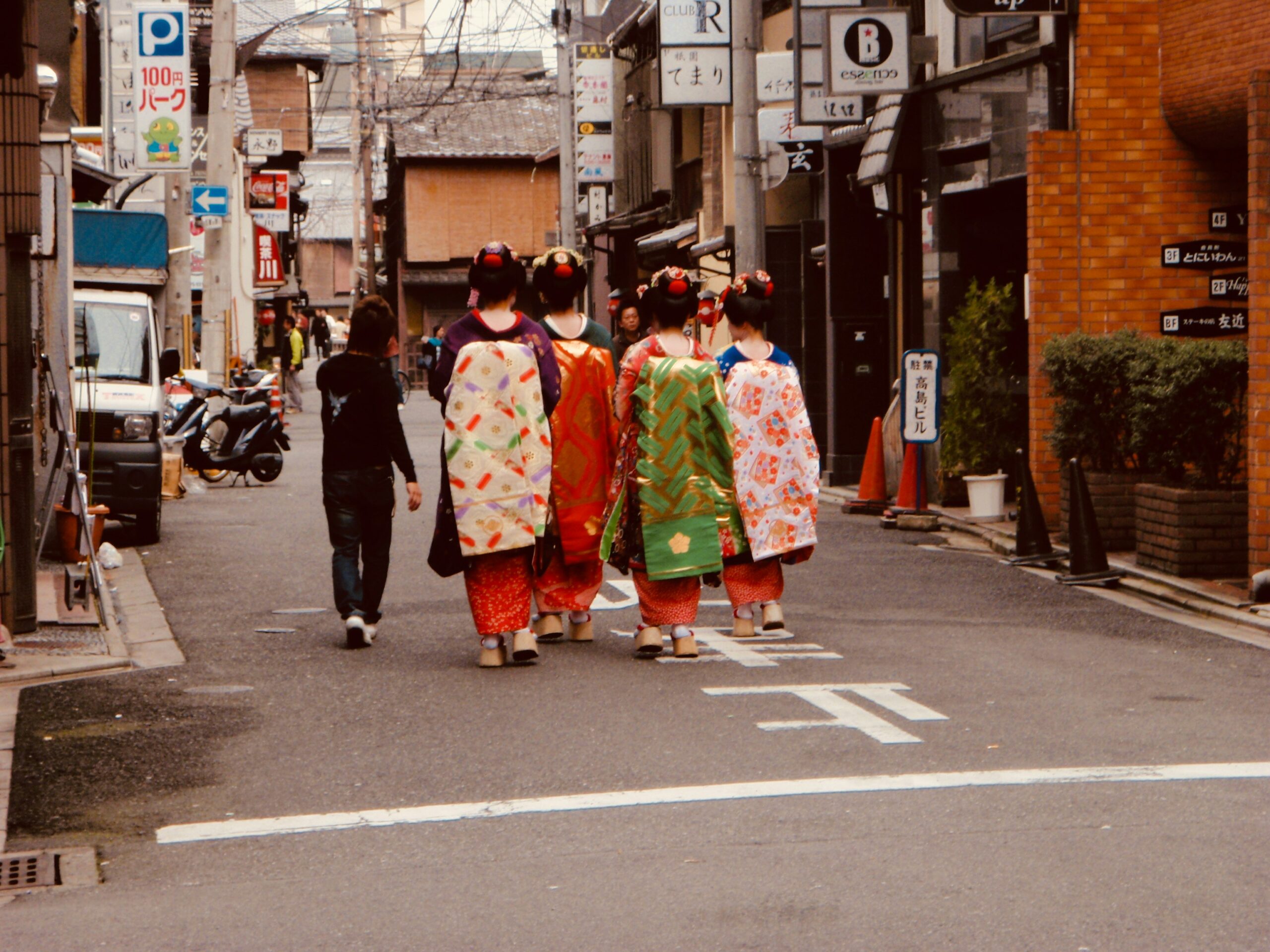
- Introduction: Why Kyoto is the Perfect Destination for Group Kimono Experiences
- The Rich History and Cultural Significance of Kimono in Kyoto
- Top Advantages of Group Kimono Experiences in Kyoto
- Best Kyoto Locations for Group Kimono Photography
- Seasonal Considerations for Group Kimono Experiences
- Planning Your Group Kimono Experience: Timeline and Logistics
- Cultural Etiquette and Respect Guidelines
- Ready to Create Your Unforgettable Kyoto Memory?
- Conclusion: Creating Unforgettable Cultural Memories in Kyoto
Introduction: Why Kyoto is the Perfect Destination for Group Kimono Experiences
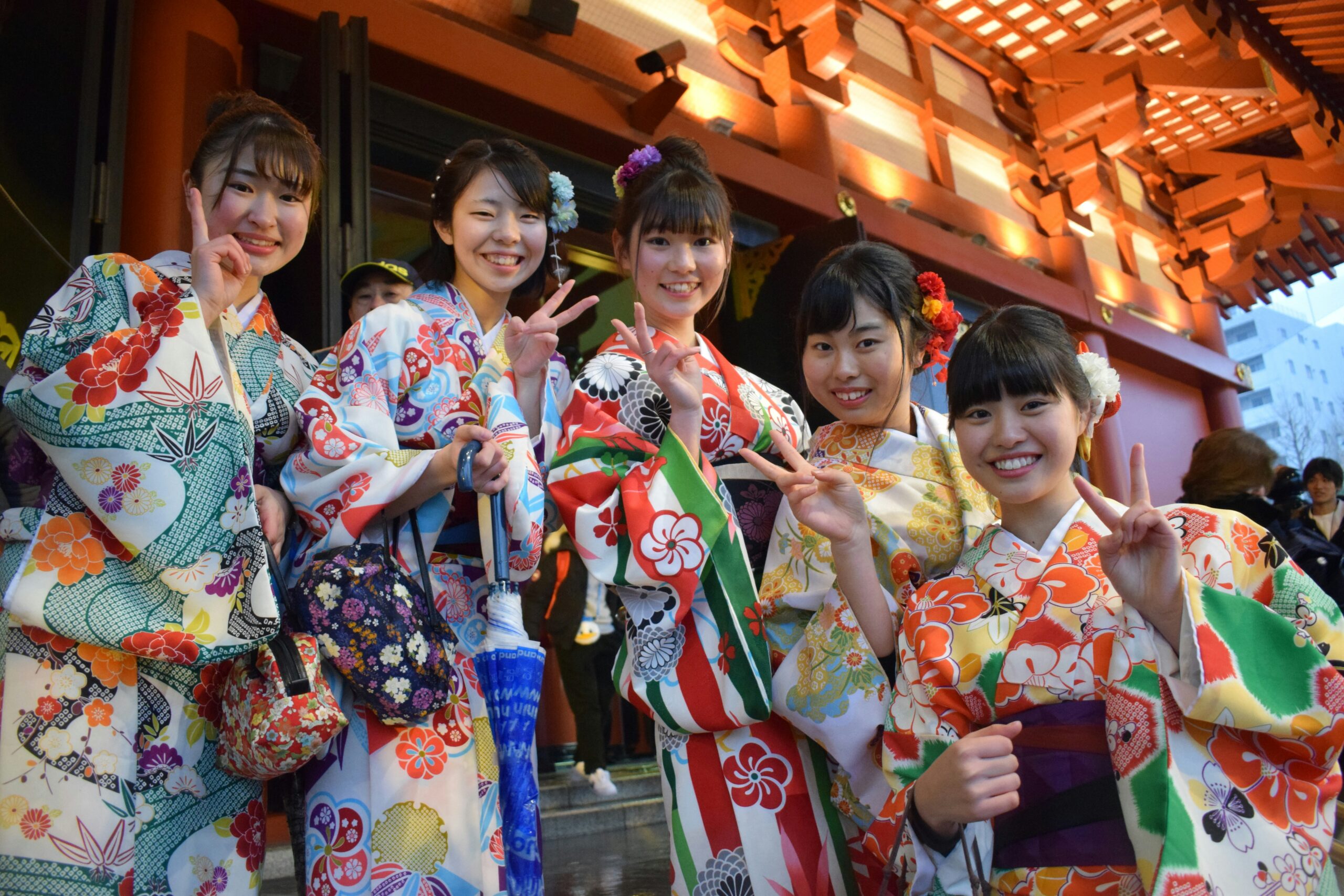
Kyoto, Japan’s former imperial capital, offers an unparalleled setting for authentic kimono experiences that bring families and groups together in a celebration of Japanese culture. Unlike other destinations, Kyoto’s preserved historical districts, magnificent temples, and traditional architecture create the perfect backdrop for group kimono adventures that will leave lasting memories for participants of all ages.
Whether you’re planning a family vacation, organizing a corporate retreat, or celebrating a special occasion with friends, Kyoto’s kimono experiences offer unique advantages that make them ideal for group activities. From the moment you step into your carefully selected kimono to the final photograph in front of an ancient temple, every aspect of the experience is designed to create bonds and capture memories that will last a lifetime.
The ancient streets of Gion, the bamboo groves of Arashiyama, and the golden halls of Kinkaku-ji Temple provide stunning backdrops that elevate group kimono experiences beyond simple costume rental into transformative cultural immersion. Professional photographers specializing in Kyoto kimono sessions, like those at AllPhoto Kyoto, understand how to capture these magical moments while ensuring every family member and group participant looks their absolute best.
The Rich History and Cultural Significance of Kimono in Kyoto
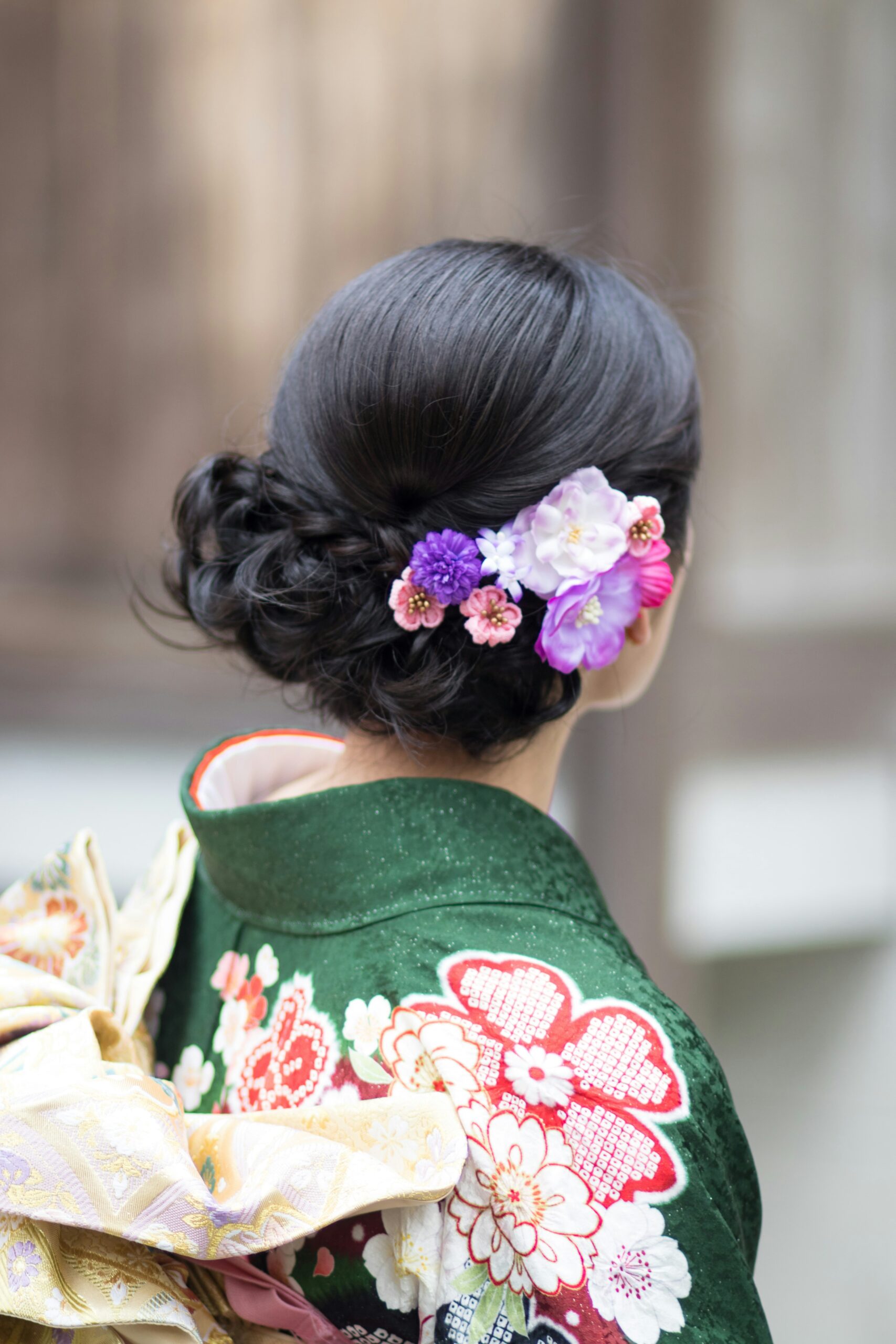
Understanding the cultural significance of kimono enhances the experience for groups and families participating in these traditional dress adventures. Kyoto served as Japan’s capital for over 1,000 years, during which time the city became the center of kimono craftsmanship and fashion.
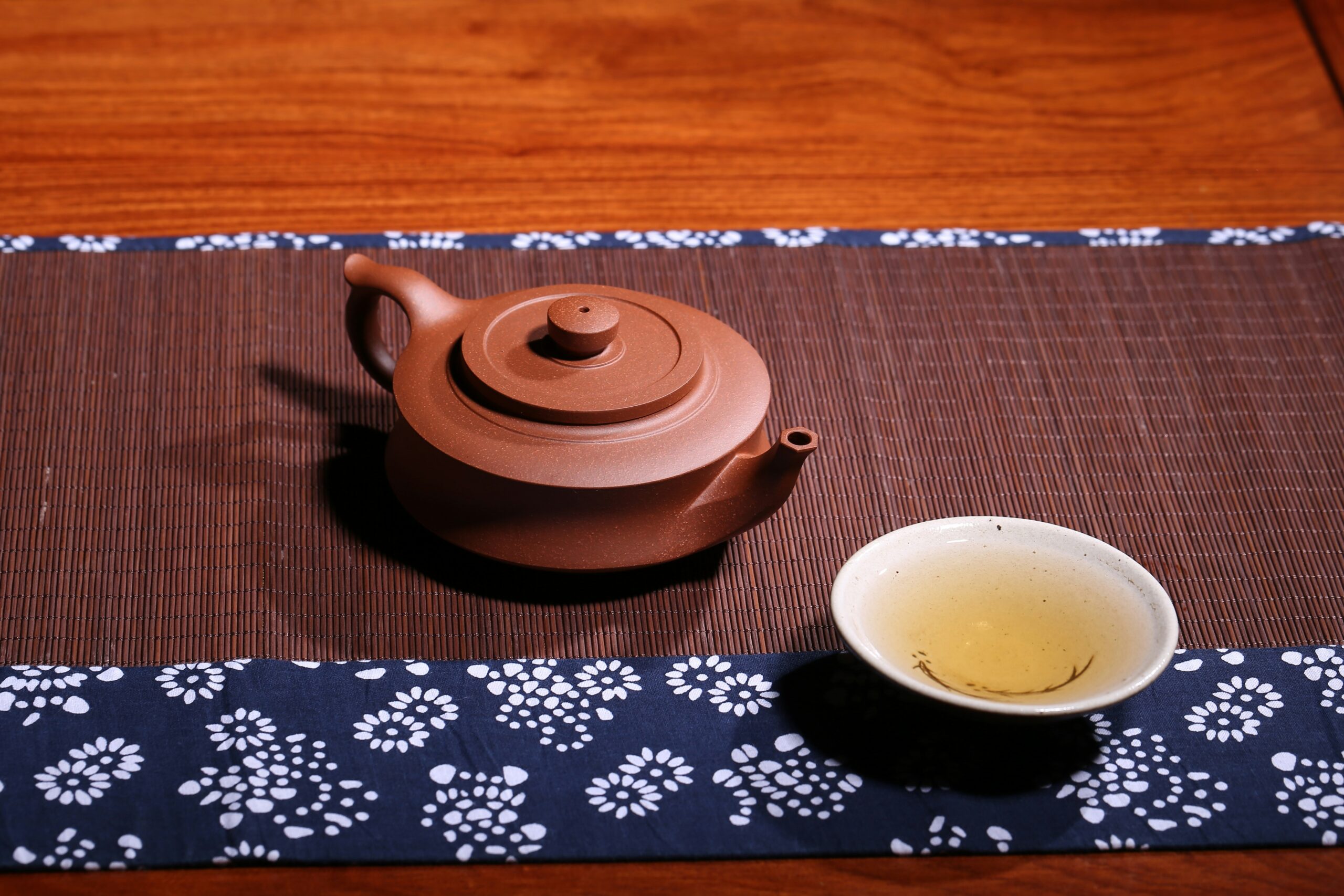
Traditional Kyoto kimono workshops have been passed down through generations, with master craftsmen maintaining techniques that date back to the Heian period (794-1185). When groups participate in kimono experiences in Kyoto, they’re not simply wearing costumes – they’re connecting with a living tradition that represents the pinnacle of Japanese textile artistry and cultural expression.
The seasonal significance of kimono patterns adds another layer of meaning to group experiences. Cherry blossom motifs for spring visits, cooling wave patterns for summer adventures, maple leaf designs for autumn explorations, and snow crystal patterns for winter experiences help families and groups connect with Japan’s deep appreciation for seasonal beauty and natural cycles.
For families traveling with children, learning about kimono traditions creates educational opportunities that extend far beyond the wearing experience itself. Children discover how different colors and patterns traditionally indicated social status, marital status, and seasonal appropriateness, while adults appreciate the sophisticated aesthetic principles that guide kimono design and coordination.
Top Advantages of Group Kimono Experiences in Kyoto
Shared Cultural Immersion and Bonding
Group kimono experiences in Kyoto create unique bonding opportunities that individual activities simply cannot match. When families and friends dress in traditional kimono together, they share a transformative experience that temporarily transports them into Japan’s cultural past while creating new memories in the present.
The process of selecting kimono patterns, coordinating colors, and helping each other with traditional accessories like obi sashes and hair ornaments naturally encourages collaboration and communication. Children delight in choosing patterns that reflect their personalities, while adults often discover new appreciation for traditional Japanese aesthetics and craftsmanship.
Professional kimono consultants in Kyoto understand how to guide groups through the selection process, ensuring that individual preferences are honored while maintaining overall visual harmony for group photographs. This balance between personal expression and group cohesion creates lasting satisfaction for all participants.
Cost-Effective Cultural Activities
Kyoto kimono experiences offer exceptional value for groups and families seeking authentic cultural activities. Many rental shops and experience providers offer group discounts that make kimono adventures more affordable than individual bookings, allowing families to enjoy premium cultural experiences without exceeding travel budgets.
Group packages often include additional services like professional hair styling, traditional makeup application, and guided tours of historic districts, providing comprehensive cultural experiences that would be significantly more expensive if purchased individually. These inclusive packages ensure that all group members receive equal attention and services, preventing the disappointment that can occur when some family members receive different treatment levels.
The photography component of group kimono experiences provides additional value by capturing professional-quality images that serve as permanent mementos of the cultural adventure. Professional photographers specializing in Kyoto kimono sessions understand how to work efficiently with groups while ensuring that every participant receives individual attention and flattering portraits.
Access to Exclusive Locations and Experiences
Group kimono experiences in Kyoto often include access to locations and activities that are not available to individual tourists or casual visitors. Many traditional tea houses, historic gardens, and cultural sites offer special group experiences that provide deeper cultural immersion and more intimate settings for kimono photography.
Private garden access, exclusive temple visits, and traditional ceremony participation create unique opportunities for groups to experience Kyoto’s cultural heritage in ways that individual travelers rarely achieve. These exclusive experiences justify the investment in group kimono adventures while creating once-in-a-lifetime memories for all participants.
Professional photographers with established relationships with Kyoto’s cultural sites can arrange special access for group kimono sessions, ensuring that families and friends capture stunning images in locations that showcase both the beauty of traditional dress and the magnificence of Kyoto’s historic architecture.
Best Kyoto Locations for Group Kimono Photography

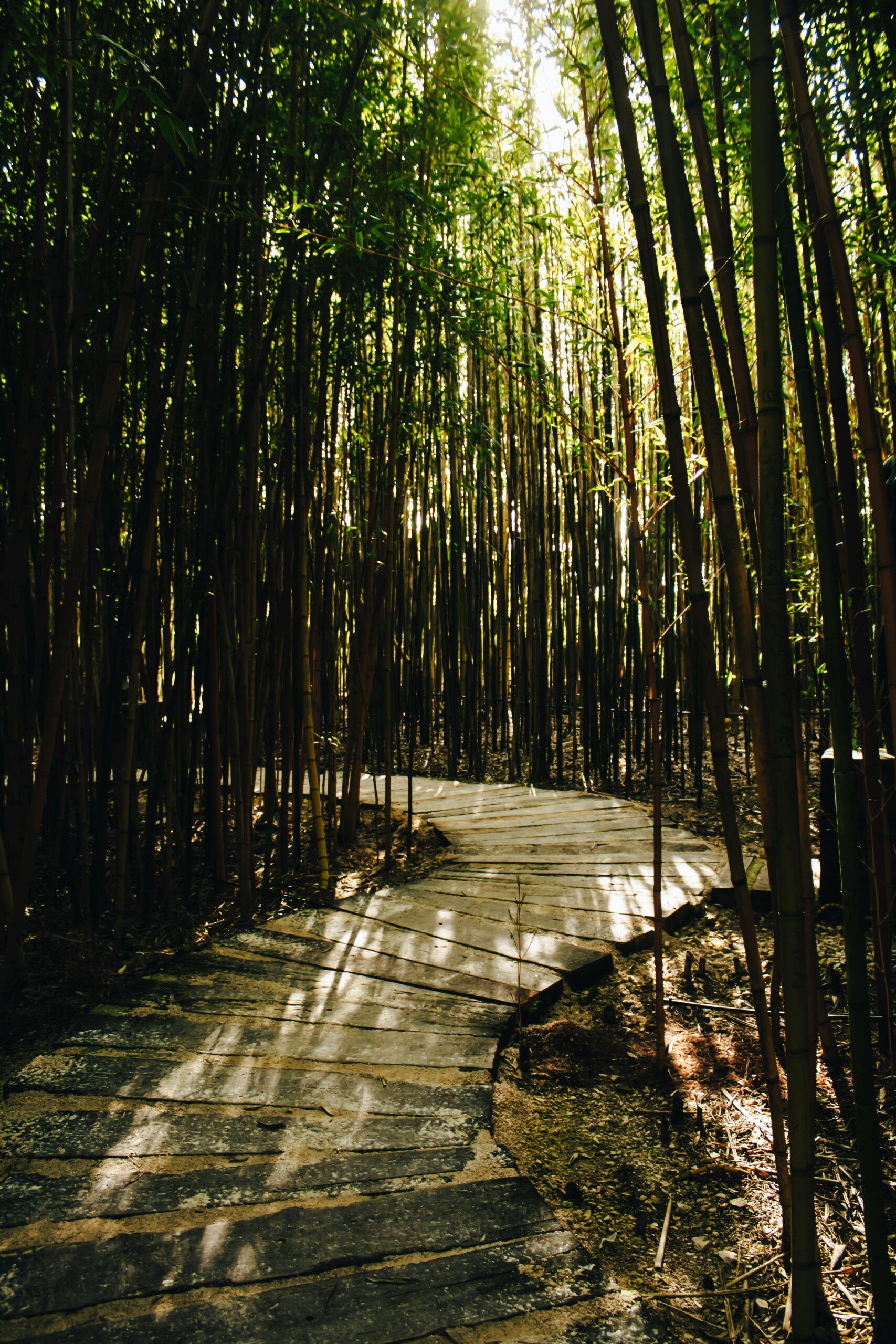
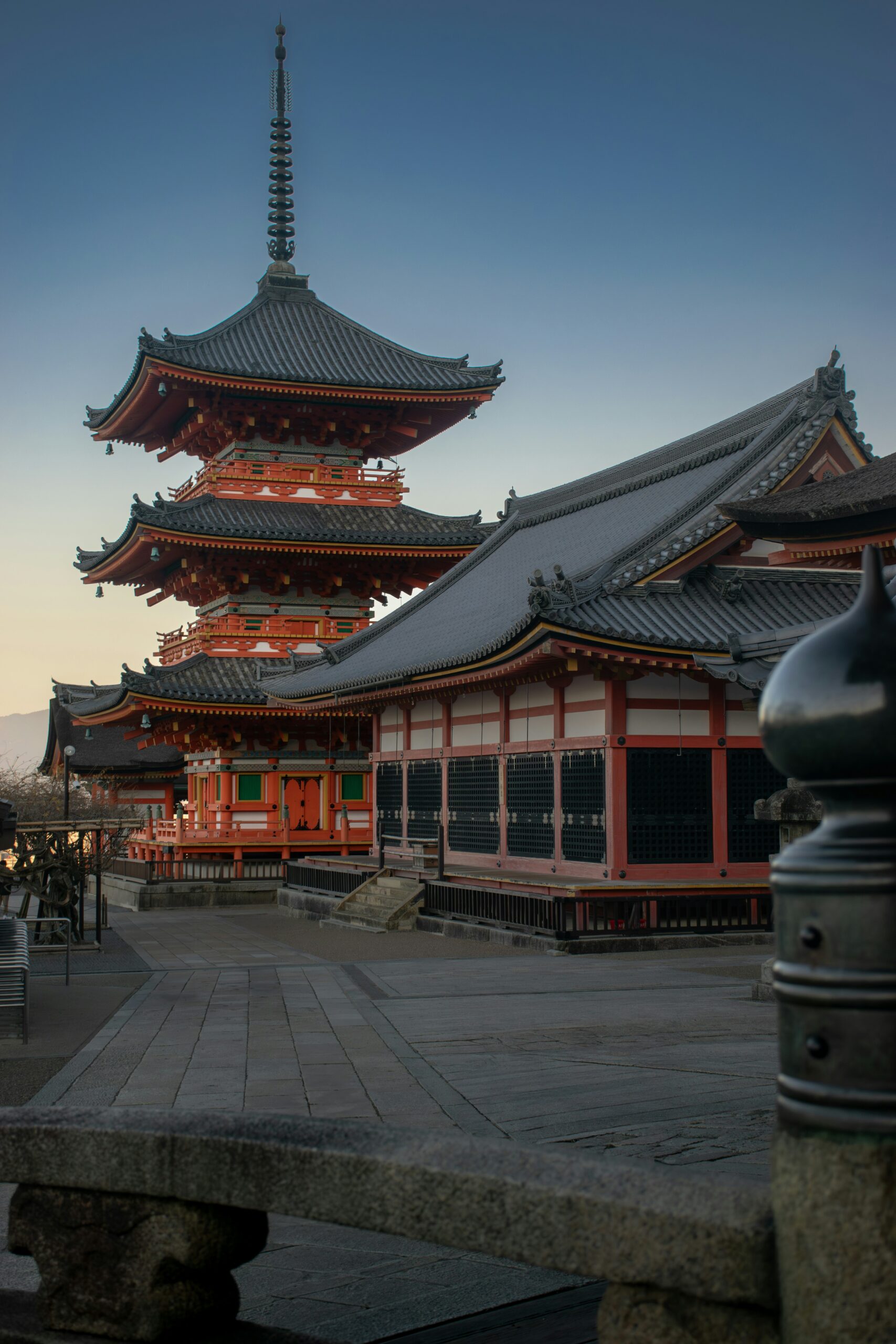
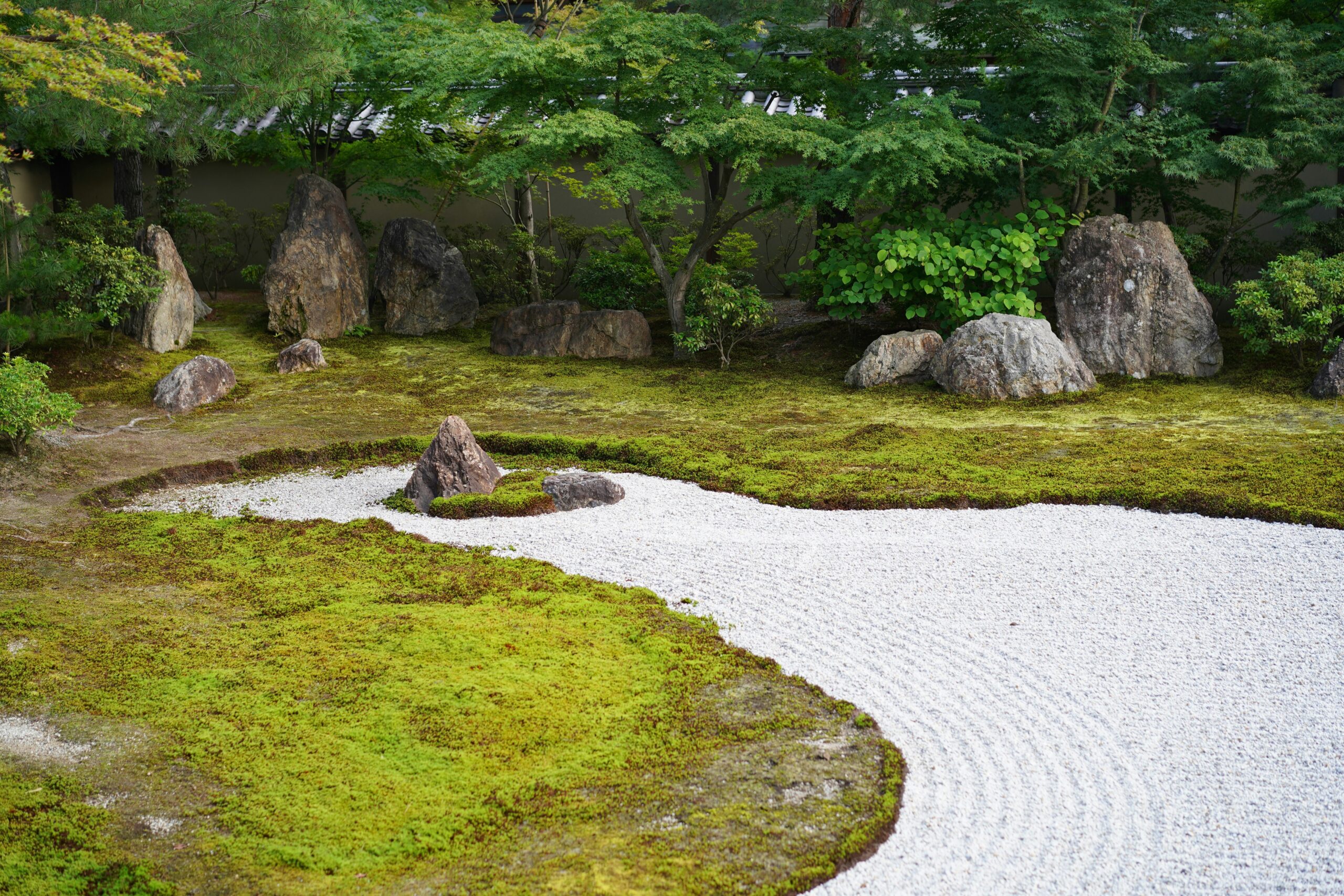
Gion District: Traditional Atmosphere and Historic Streets
The Gion district represents the heart of traditional Kyoto culture, with preserved wooden architecture, stone-paved streets, and authentic tea houses creating perfect backdrops for group kimono photography. The narrow streets and traditional storefronts provide intimate settings that highlight the beauty of kimono while showcasing Kyoto’s historic charm.
Professional photographers familiar with Gion understand how to position groups to take advantage of natural lighting while avoiding crowds of tourists who might interfere with photography sessions. Early morning and late afternoon sessions in Gion provide the best lighting conditions and fewer crowds, allowing for more relaxed and natural group portraits.
The variety of architectural elements in Gion – from traditional wooden facades to stone lanterns and bamboo fences – provides multiple backdrop options within walking distance, allowing groups to capture diverse images without extensive travel between locations.
Arashiyama Bamboo Grove: Natural Beauty and Unique Atmosphere
The Arashiyama Bamboo Grove offers one of Kyoto’s most distinctive and photogenic locations for group kimono experiences. The towering bamboo creates natural cathedral-like spaces that provide stunning backdrops for both individual portraits and large group photography.
The filtered light that penetrates the bamboo canopy creates soft, flattering illumination that enhances kimono colors while providing a mystical atmosphere that cannot be replicated in studio settings. Groups can capture both wide shots that showcase the impressive scale of the bamboo grove and intimate portraits that focus on individual beauty and kimono details.
Professional photographers working in Arashiyama understand how to position groups to take advantage of the natural light patterns while creating depth and visual interest in group compositions. The paths through the bamboo grove provide natural leading lines that enhance group photography composition.
Kiyomizu-dera Temple Complex: Iconic Architecture and City Views
Kiyomizu-dera Temple and its surrounding historic district provide spectacular backdrops that combine traditional architecture with panoramic views of Kyoto city. The temple’s famous wooden veranda and surrounding stone pathways create multiple opportunities for group kimono photography that captures both cultural authenticity and architectural magnificence.
The varied elevations around Kiyomizu-dera allow photographers to create dynamic group compositions that take advantage of different height levels and viewing angles. Groups can capture images that range from intimate temple details to sweeping city vistas, providing comprehensive documentation of their Kyoto kimono experience.
The seasonal changes around Kiyomizu-dera – from cherry blossoms in spring to autumn maple colors – provide natural enhancement to group kimono photography that reflects Japan’s deep appreciation for seasonal beauty and natural cycles.
Philosopher’s Path: Seasonal Beauty and Peaceful Settings
The Philosopher’s Path offers a peaceful setting for group kimono experiences that showcases Kyoto’s natural beauty while providing comfortable walking surfaces and varied photographic opportunities. The canal-side path lined with cherry trees creates romantic and serene backdrops that enhance the elegance of traditional kimono.
During cherry blossom season, the Philosopher’s Path becomes one of Kyoto’s most spectacular locations for group kimono photography, with pink petals creating natural confetti effects and soft color palettes that complement traditional kimono designs. Even outside of cherry blossom season, the path provides beautiful natural settings that highlight the harmony between traditional dress and natural environments.
Professional photographers familiar with the Philosopher’s Path understand how to use the natural elements – flowing water, overhanging branches, and stone pathways – to create compositions that enhance group dynamics while showcasing individual kimono beauty.
Seasonal Considerations for Group Kimono Experiences
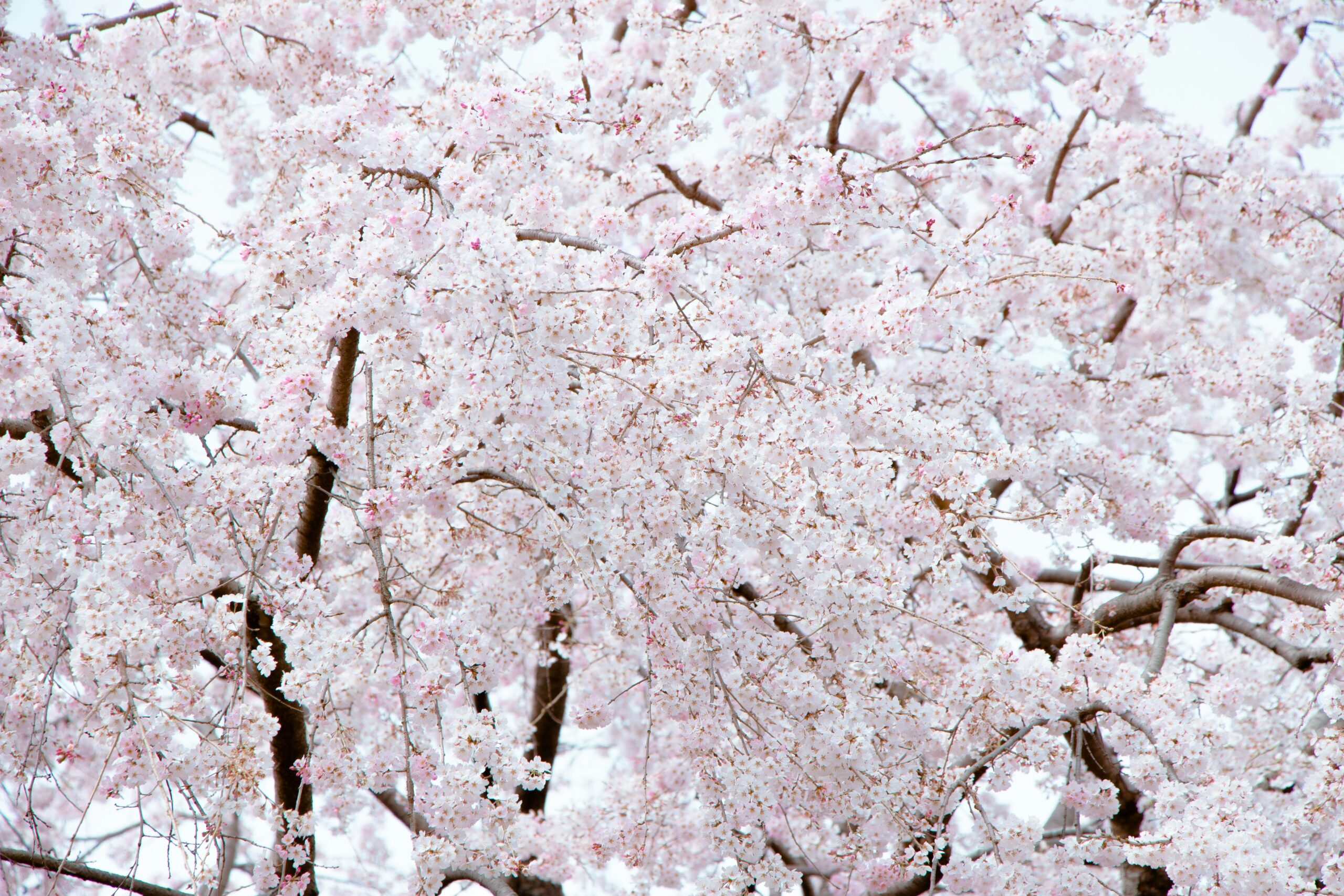
Spring: Cherry Blossom Magic and Mild Weather
Spring represents the peak season for Kyoto kimono experiences, with cherry blossoms providing spectacular natural backdrops that enhance the beauty of traditional dress while creating once-in-a-lifetime photographic opportunities. The mild spring weather makes kimono wearing comfortable for extended periods, allowing groups to fully enjoy their cultural experience without weather-related concerns.
Cherry blossom season typically spans from late March through early May in Kyoto, with different varieties blooming at different times throughout the season. This extended blooming period provides multiple opportunities for groups to capture stunning kimono photography with cherry blossom backdrops, whether they prefer the delicate pink of Somei Yoshino cherry trees or the more dramatic colors of later-blooming varieties.
Professional photographers specializing in spring kimono sessions understand how to incorporate falling cherry blossoms into group compositions, creating dynamic images that capture the ephemeral beauty of hanami season while showcasing the timeless elegance of traditional kimono.
Summer: Festival Atmosphere and Yukata Options
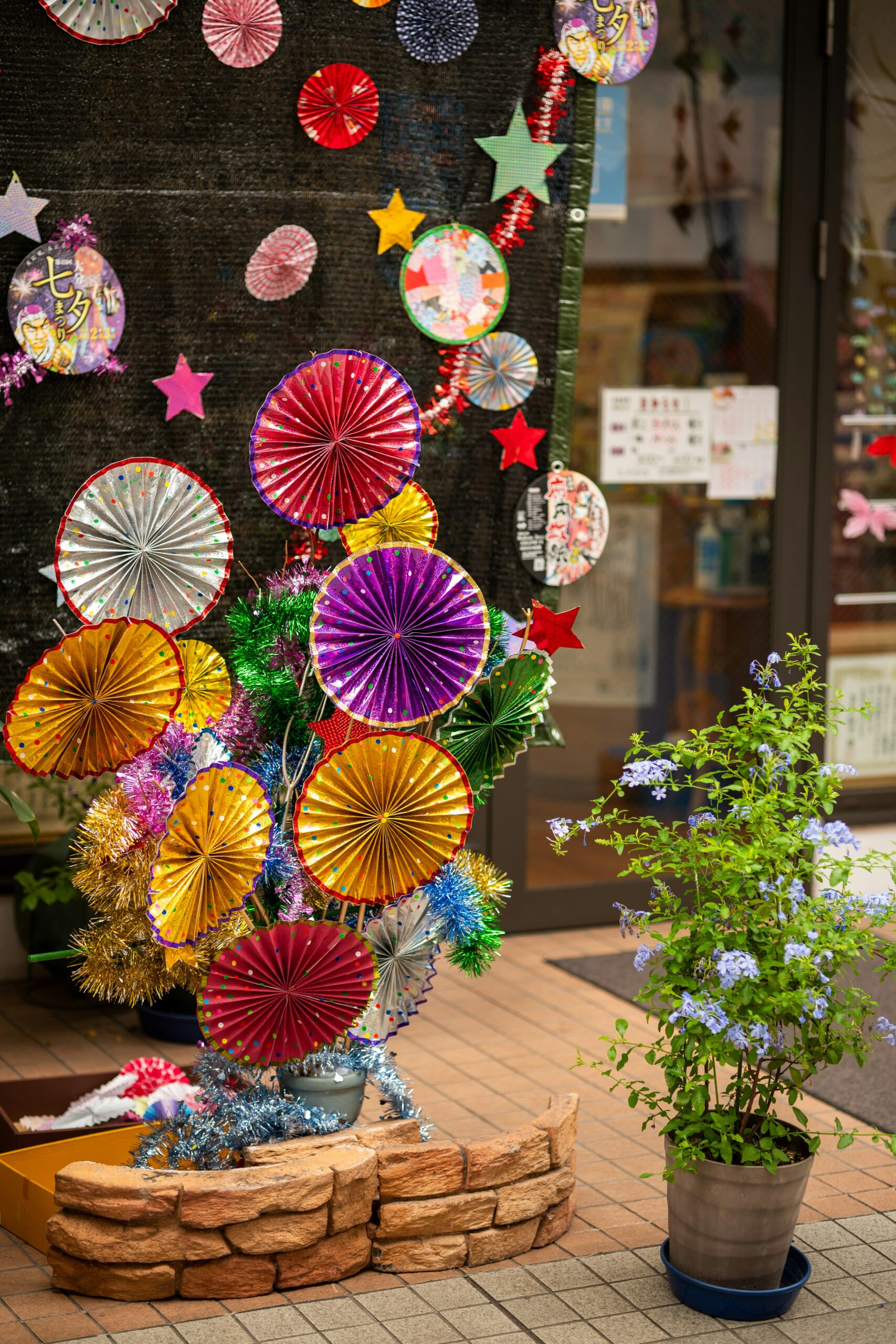
Summer in Kyoto brings festival atmosphere and opportunities for groups to experience yukata, the lighter cotton version of kimono that is perfect for warm weather cultural adventures. Summer festivals, traditional games, and outdoor tea ceremonies provide unique cultural experiences that are perfectly complemented by group yukata wearing.
The longer daylight hours of summer allow for extended kimono experiences that can include evening activities like traditional lantern lighting ceremonies and outdoor cultural performances. These extended experiences provide more comprehensive cultural immersion while creating diverse photographic opportunities that showcase different aspects of Japanese traditional culture.
Professional photographers working during Kyoto’s summer season understand how to manage the challenges of warm weather while capturing the vibrant energy of summer festivals and cultural celebrations that enhance group yukata experiences.
Autumn: Maple Colors and Perfect Weather
Autumn represents many photographers’ favorite season for Kyoto kimono experiences, with spectacular maple colors providing warm, rich backdrops that complement traditional kimono designs while creating stunning visual harmony. The comfortable autumn weather makes extended kimono wearing pleasant for all age groups, encouraging longer cultural experiences and more comprehensive exploration of Kyoto’s historic districts.
The variety of autumn colors – from golden yellows to deep crimsons – provides natural color coordination opportunities that enhance group kimono photography while showcasing Japan’s famous autumn beauty. Professional photographers can incorporate these natural color palettes into group compositions that celebrate both seasonal beauty and cultural tradition.
Autumn also provides excellent lighting conditions for photography, with the lower sun angle creating warm, golden illumination that enhances kimono colors while providing flattering light for portrait photography.
Winter: Snow Scenes and Intimate Experiences
Winter kimono experiences in Kyoto offer unique opportunities for groups seeking dramatic and distinctive cultural adventures. Snow-covered temple grounds, frost-decorated gardens, and winter illuminations provide spectacular backdrops that create truly memorable kimono photography sessions.
The fewer tourists during winter months mean that groups can enjoy more intimate cultural experiences with better access to popular photography locations and more personalized attention from service providers. This enhanced privacy allows for more relaxed and natural group interactions while creating better opportunities for candid photography.
Professional photographers working during Kyoto’s winter season understand how to manage the technical challenges of winter lighting while capturing the dramatic beauty of snow-enhanced temple architecture and garden landscapes that provide unique settings for group kimono experiences.
Planning Your Group Kimono Experience: Timeline and Logistics
Advance Booking Requirements
Successful group kimono experiences in Kyoto require advance planning, particularly during peak seasons like cherry blossom time and autumn color season. Most reputable providers require 2-4 weeks advance notice for group bookings, with larger groups often requiring even earlier booking to ensure availability and proper preparation.
Early booking provides access to premium kimono selections, preferred time slots, and better photographer availability, all of which contribute to enhanced experience quality. Groups that book early also have better access to exclusive locations and private venue arrangements that may not be available for last-minute bookings.
Communication with providers about group size, age ranges, and specific preferences helps ensure that all logistical details are properly coordinated before arrival, preventing disappointments and delays that can impact the overall experience quality.
Budget Planning and Cost Considerations
Group kimono experiences in Kyoto offer various pricing options that depend on service levels, included amenities, and photographer requirements. Basic packages typically include kimono rental, dressing assistance, and basic accessories, while premium packages may include professional makeup, hair styling, private venue access, and comprehensive photography services.
Understanding what is included in different package options helps groups make informed decisions that balance budget constraints with desired experience quality. Many providers offer customizable packages that allow groups to select specific services while managing overall costs.
Professional photography services represent a significant component of total experience costs, but the value of having expert photographers capture group memories often justifies the investment. Providers like AllPhoto Kyoto specialize in group kimono photography and understand how to deliver exceptional value through efficient session management and high-quality image delivery.
Coordination and Communication
Successful group kimono experiences require clear communication and coordination among all participants regarding timing, meeting locations, and individual preferences. Designated group leaders or coordinators help streamline communication with service providers while ensuring that all participants receive necessary information and preparation instructions.
Pre-experience communication should include sizing information, color preferences, mobility considerations, and any special requirements that might impact service delivery. This advance communication prevents delays and ensures that all participants can fully enjoy their cultural experience.
Professional service providers appreciate well-organized groups that communicate clearly about expectations and requirements, and they often provide enhanced service levels for groups that demonstrate good preparation and coordination.
Cultural Etiquette and Respect Guidelines
Understanding Kimono Traditions
Participating in kimono experiences requires understanding and respecting the cultural significance of traditional dress while appreciating the craftsmanship and artistic heritage that these garments represent. This cultural awareness enhances the experience for all participants while demonstrating appropriate respect for Japanese traditions.
Understanding basic kimono etiquette – such as proper walking techniques, sitting positions, and appropriate behavior while wearing traditional dress – helps groups feel more confident and comfortable while ensuring that their cultural experience remains authentic and respectful.
Professional kimono providers offer guidance on appropriate behavior and cultural considerations that help groups navigate their experience with confidence while maintaining respect for traditional customs and cultural significance.
Respectful Photography Practices
Photography during kimono experiences should balance personal enjoyment with respect for cultural sites, local residents, and other visitors who may be sharing popular photography locations. Understanding appropriate photography etiquette helps ensure that group experiences remain positive for all involved parties.
Respectful photography practices include following location guidelines, avoiding interference with religious ceremonies or cultural activities, and maintaining appropriate volume levels during group sessions in quiet or sacred spaces.
Professional photographers specializing in cultural experiences understand these etiquette requirements and can guide groups through respectful photography practices that create beautiful images while maintaining appropriate cultural sensitivity and community respect.
Supporting Local Businesses and Communities
Choosing locally-owned kimono providers and professional photographers supports Kyoto’s cultural community while ensuring access to authentic experiences and expert cultural guidance. Local businesses often provide deeper cultural insights and more personalized attention than large commercial operations.
Supporting local artisans and cultural businesses helps preserve traditional crafts and cultural knowledge while contributing to community economic sustainability. This support ensures that future visitors can continue to enjoy authentic cultural experiences in Kyoto.
Professional photography services that employ local photographers and cultural consultants provide enhanced authenticity while supporting community members who possess deep knowledge of traditional customs, optimal photography locations, and cultural etiquette requirements.
Ready to Create Your Unforgettable Kyoto Memory?
Group kimono experiences in Kyoto represent more than cultural tourism – they provide opportunities for meaningful connection with Japanese traditions while creating shared memories that strengthen relationships and broaden cultural understanding. The combination of authentic traditional dress, stunning historic locations, and professional photography creates comprehensive cultural adventures that satisfy diverse group interests and objectives.
Contact professional photography specialists at AllPhoto Kyoto to discuss customized packages that meet your group’s needs while ensuring authentic cultural experiences and stunning professional photography that preserves your Japanese cultural adventure forever.
Conclusion: Creating Unforgettable Cultural Memories in Kyoto
The advantages of group kimono experiences extend beyond cost savings to include enhanced cultural immersion, exclusive access to locations and activities, and shared adventure that creates lasting bonds among participants. Whether planning family reunions, corporate retreats, or special celebrations, Kyoto kimono experiences provide unique opportunities to combine cultural education with personal enjoyment and professional photography.
Professional service providers who understand group dynamics, cultural etiquette, and photography requirements ensure that these experiences exceed expectations while maintaining authentic cultural respect and individual satisfaction. The investment in professional guidance and photography services provides long-term value through high-quality memories that preserve and share cultural adventures for years to come.
Kyoto’s preserved historic districts, magnificent temples, and traditional architecture provide unparalleled settings for group kimono photography that captures both cultural authenticity and personal beauty. The combination of expert guidance, premium traditional dress, and stunning locations creates opportunities for truly exceptional cultural experiences that satisfy both individual participants and group dynamics.
The memories created through group kimono experiences in Kyoto extend far beyond the photography session itself, providing shared cultural understanding, enhanced relationships, and appreciation for traditional Japanese artistry that enriches all participants’ lives while creating lasting connections to one of the world’s most beautiful and culturally significant destinations.


コメント